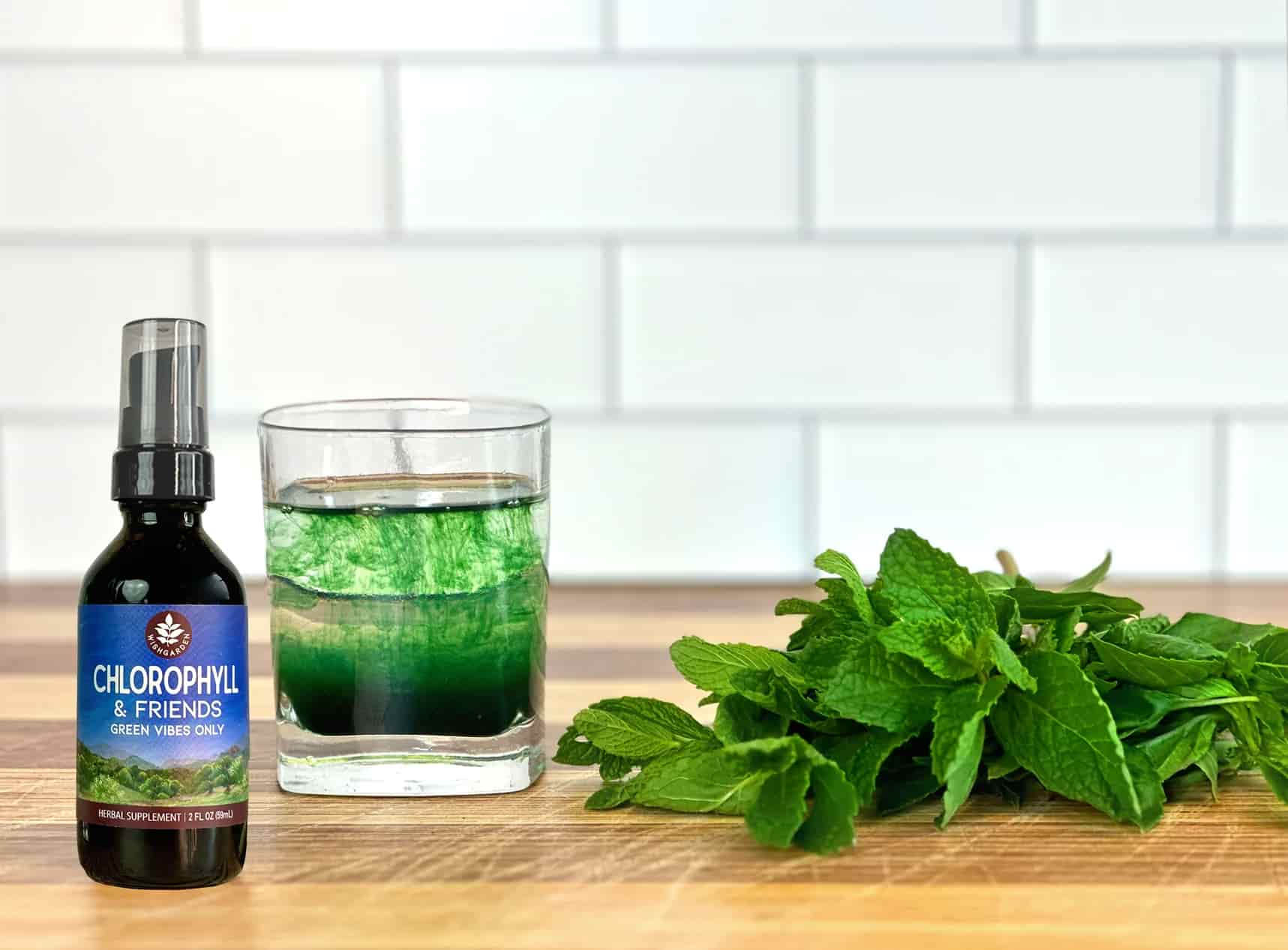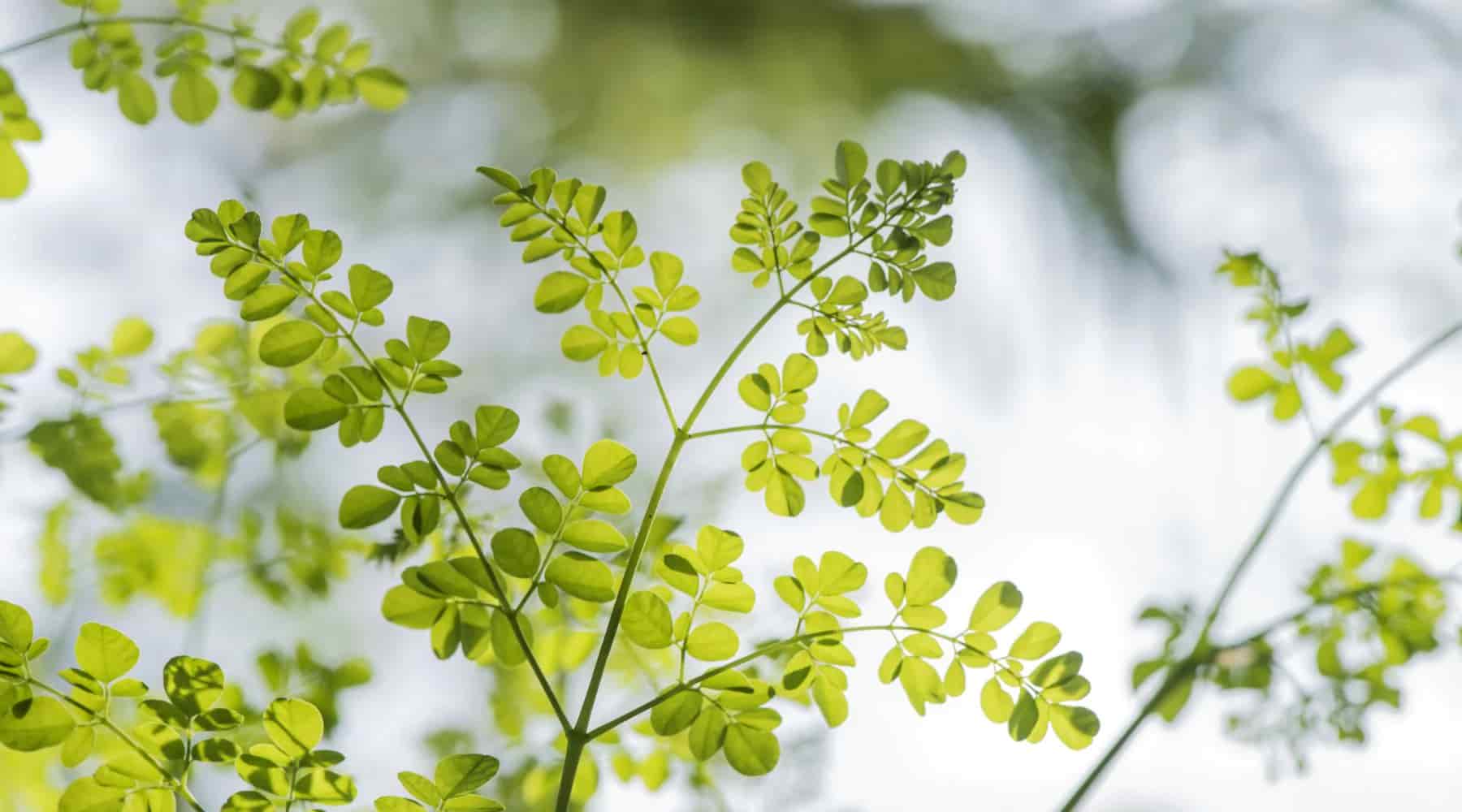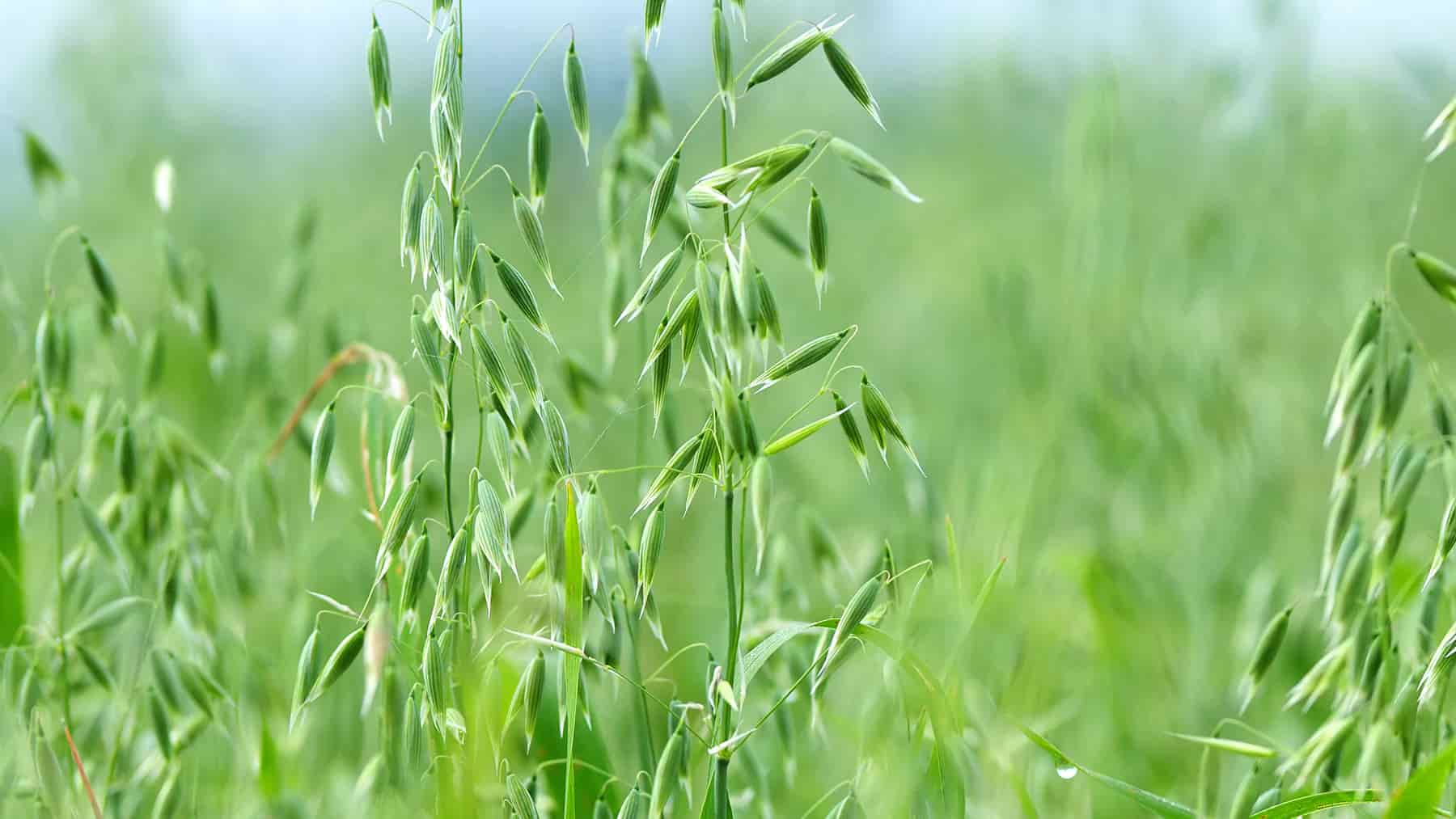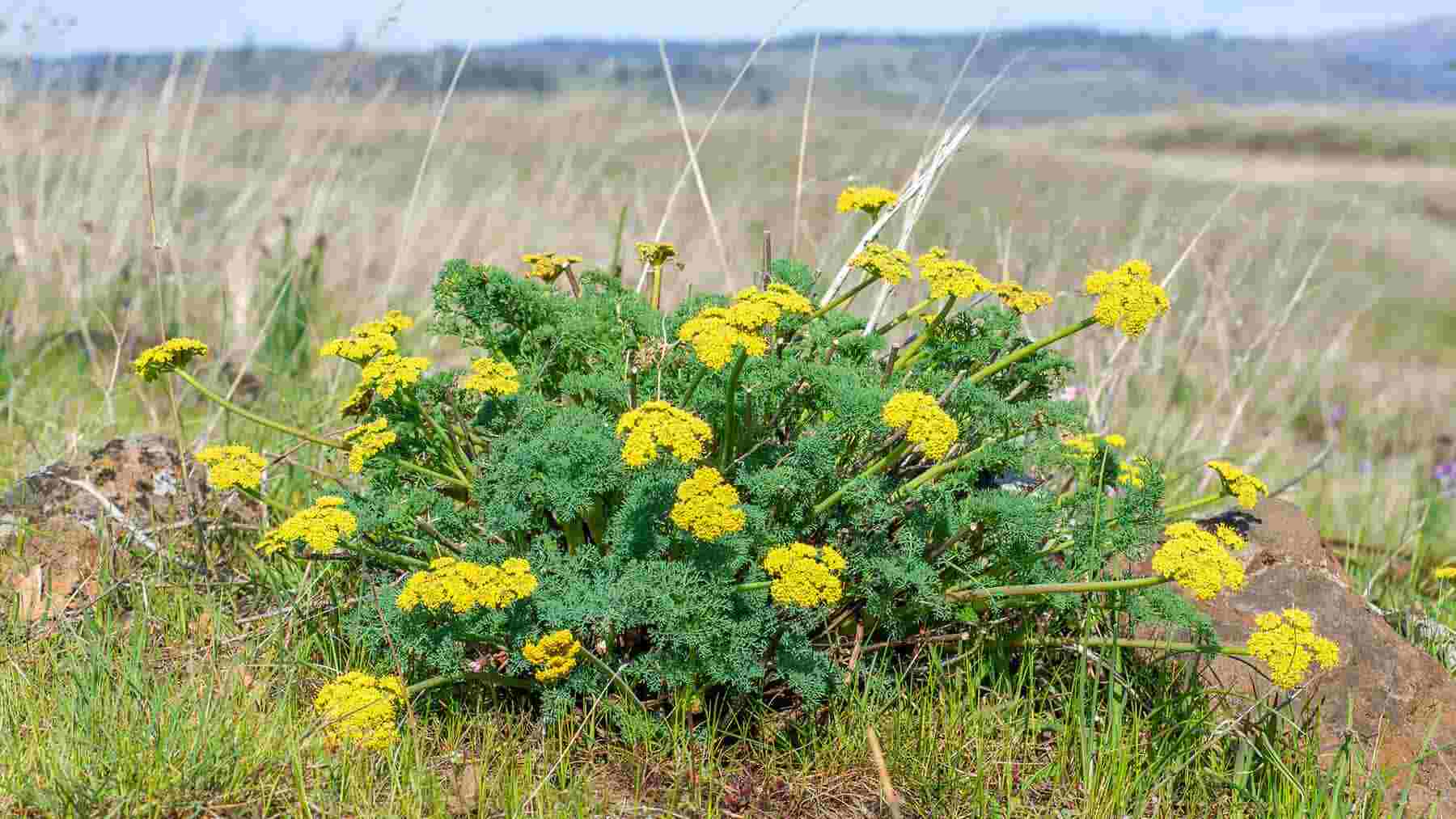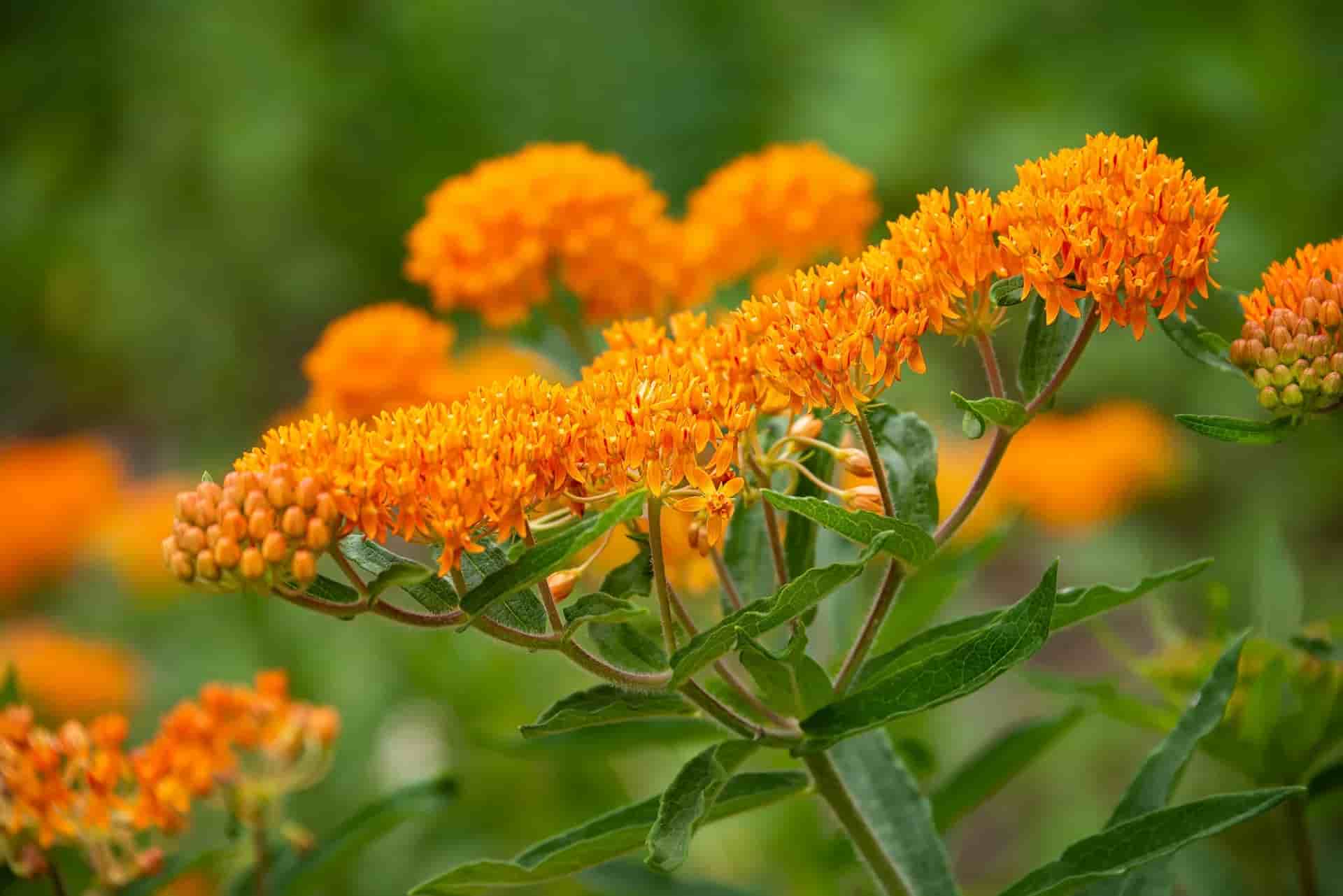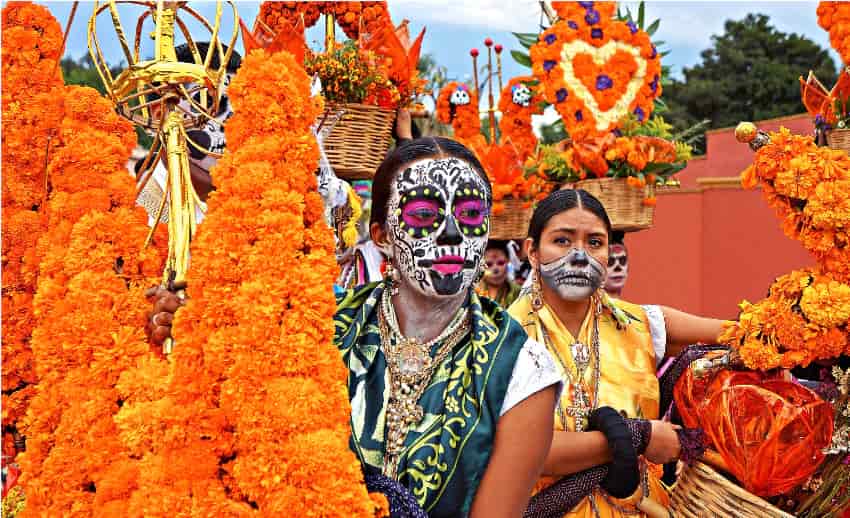Vibrant colors of orange, red, and yellow are upon us. We welcome the season change with piles of leaves and crisp, cool mornings. Autumn festivities help us transition into winter, and each culture celebrates with their own unique traditions.
As always, plants play an important role in our seasonal festivities and hold a special place in our traditions. It's no wonder people carve pumpkins for Halloween, decorate with corn for fall festivals, and festoon altars with flowers for Día de los Muertos — plants enhance our traditions and communicate our emotions.
What Is Día de los Muertos?
Día de los Muertos (Day of the Dead) is a holiday set aside to honor deceased loved ones. It is practiced among indigenous communities of Mexico at the beginning of November. Despite the name, the celebration often lasts three days, beginning on November 1. Families facilitate the return of departed souls to Earth by presenting flowers and candles leading a path from the cemetery to their houses. At home, altars are made with their loved ones' favorite dishes, paper flowers, and pictures.
Although sometimes mistakenly associated with Halloween, Día de los Muertos is much more closely tied to the fall harvest. The holiday coincides with the completion of the country's annual cycle of cultivating Maize (or Corn). Maize is important to the indigenous people of Mexico because it symbolizes their daily life, spirituality, and sustenance. The crop ensures the people can live in peace, because it provides economic independence. The nation's holiday purposefully begins during the maize crops' completion and moves directly into celebrating with fall botanical harvests!
Flowers of the Día de los Muertos
In addition to Maize, flowers are also a symbol of Día de los Muertos. The traditional flower of the Day of the Dead is Marigold, or Tagetes. Although Marigolds can be found in local markets for daily worship and rituals, they are almost always found on altars during the multiple-day festivities of Día de los Muertos.

Sunny Marigolds are symbolic of the rich tradition. Calendula officinalis belongs to the Marigold family and can easily be used in place of the traditional Marigold. Why? Both flowers have a vibrant orange-yellow presence, and the colors are believed to attract our deceased loved ones to the altars or festivities to honor their lives. Keep in mind, traditional Marigold has a more potent scent, which some believe makes it more inviting to passed loved ones.
Other flowers also make appearances during Día de los Muertos. The first day (November 1) of the celebration is dedicated to children who have passed. On this day you're likely to see white flowers like Baby's Breath or Nube (Gypsophila paniculata), since white is associated with the purity of children's souls.
The second day (November 2) is dedicated to adults. This portion of the holiday incorporates more adult offerings, like tequila and pan de muertos, or Day of the Dead Bread.
The final and third day is the grand finale, when public festivities are held to honor all the spirits. Face paintings, parades, and visits to loved one's graves take place all day. This is also a time to clean up gravesites, but flowers remain. Sugar skulls add a sweet touch to the rich tradition's décor, and the more colors the better!
Honor the Celebration Appropriately
Losing loved ones is a universal experience, so it's no surprise that Día de los Muertos has gained popularity globally for its rich culture and vibrant celebrations. The holiday celebrates life where loss has taken place and sends a positive message to all families experiencing grief from losing their loved ones.
It's important to celebrate this holiday with the most authentic and respectful approach possible. Each element of this celebration has a long history and purposeful meaning behind it.
I find the botanical element between people and plants here most interesting. Celebrants begin the Day of the Dead when their most dominant crop is finished and look to their lost loved ones in celebration directly after. Through an ethnobotany lens (the scientific study of an area's plants and the traditional knowledge and customs concerning their medical, religious, and other uses), we can see plants and people have coexisted in ancient, rich traditions.
I invite you to connect with botanicals this season and make your own paper flower décor!
DIY Traditional Día de los Muertos Paper Flowers
Traditional paper flowers are used during Day of the Dead to create vibrant décor and in replacement of fresh flowers if they are unavailable. It's a great activity to do with your family or friends! Vibrant colors are highly suggested to invite all spirits to the festivities, so choose bright colors for your tissue paper.
You will need:
Multi-colored tissue paper and scissors
How to do it:
- Lay three sheets of unfolded colored tissue paper (5 1/2" x 5 1/2") down on a flat surface, stacking them on top of each other.
- Fold in half, then in quarters.
- Trim top of quartered paper stack with scissors to create curved or pointed petals.
- Hold the base of the flower and gently open the petals.
- Repeat steps 1–4 to make more flowers.
- Place your flowers on an altar or give them to someone special.
- Take a photo and tag your flowers @WishGardenHerbs on social media. We would love to see them!
Lauren Ann Nichols-Sheffler attended The Colorado School of Clinical Herbalism and received her certificate in medical herbalism. She is the owner of Blue Yarrow Herbs aka Herbal Vice, an herbal product company practicing bioregional herbalism by cultivating plants and sourcing locally. Lauren loves educating and advocating for plant sustainability. She is the sourcing and Purchasing manager for WishGarden Herbs.
For educational purposes only. This information has not been evaluated by the Food and Drug Administration. This information is not intended to diagnose, treat, cure, or prevent any disease, or sell any product.
Feature photo: Carnival participants celebrating the Day of the Dead in Oaxaca, Mexico, carry traditional Cempasuchil flowers, known to many as Calendula flowers. Courtesy photo given to the Coast News Group.
Recommended Products
Further Reading
